U.S. One Sheet Poster
La matriarca (aka The Libertine) finds Catherine with her now-familiar producer/director team of Silvio Clementelli and Pasquale Festa Campanile, although this movie is significantly different than their previous efforts. Catherine plays the role of Mimi, a young sexually conservative widow whose husband has just unexpectedly died after three years of marriage. In the process of settling his affairs, Mimi learns that her husband had a secret apartment in which he lived out sexual fantasies with other women (including her friend Claudia), fantasies involving role play, bondage, and S&M, all captured on film. He even kept a journal in which he rated the women in various categories. Although taken aback, Mimi wonders why he never tried any of these things with her. She begins reading a book about the psychiatric aspects of sex and contemplating why men seem to have two categories of women, the respected wife versus the "other" woman with whom they pursue kinky sex fantasies.
Mimi begins to use the apartment to expand her sexual horizons with various men, including his business partner and her friend Claudia's husband [Note: The friend's husband is named Fabrizio, and he is the wimpiest of Mimi's lovers. Coincidence, or a jab at Fabrizio Capucci?]. Eventually, she arranges an encounter with a radiologist/professor (Jean-Louis Trintignant) who begs her to marry him. She tries to shock him with her behavior, including a penchant for riding her men like a horse (piggy-back style). He wants to marry her anyway, so it appears they will live happily ever after, with him living out sexual fantasies with his wife, Mimi, instead of a mistress.
It's hard to know where to start in critiquing this film. I could make it sound more risque or less risque than it really is. Regardless, this is Catherine's first film that most viewers would place in the sexploitation or erotic genres. It's more or less a comedy, although there are only a handful of truly humorous scenes. There are also several much darker scenes that would, in some ways, likely be even more controversial today than they probably were in the late 1960's. There are a number of scenes in the film that vary between light S&M-type things (involving physical restraint) to more shocking S&M-type things (involving pain and whippings). The problem, however, is that other scenes go beyond that type of consensual activity to what would today be considered sexual assault (quite a bit of slapping and hitting of women and tearing of clothes to initiate a sexual encounter). Not surprisingly, for movie purposes, the women come around to liking it.
While the aspects of the film that I described in the previous paragraph make me a bit uncomfortable with some of the themes presented, I would also say that the film was technically well-made and not "as bad" as I have made it sound. Mimi is generally in control of her encounters and is not ever brutalized, which would sink the tone of the entire film. There are enough light-hearted moments, as well as some moments of genuine humor, that the film never becomes too dark, nor does it take itself too serious.
Catherine was very beautiful in La matriarca, with generally long hair styles (which is my preferred look for her), and she constantly wears different trendy, mod-looking, late 1960's attire. She did a good acting job, and seemed to fit well in a much different part than her norm. If there was anyone left that still thought of her as just a teenaged actress, this film should have ended those thoughts. At 23, she's all grown up in this one. After all the press talk of Catherine's "nude" scenes in her career to that point, this is the first film in which she actually does a bit of topless nudity on-camera. Some of her character's nudity is done by a body double, but some of it is Catherine herself. It would be interesting to hear why she was willing to do some scenes but not others. I'll talk more about various cuts of the film later in this post.
I can't help but wonder how Trintignant ended up in this film. It's certainly a far cry from the material that he and Catherine worked with in Il sorpasso, and he's just a supporting player to Catherine, despite his prominent billing. The vast majority of his screen time is in the last 30 minutes of the film. This is a Catherine Spaak film.
Overall, my view is that La matriarca was an above-average post-Hotel outing for Catherine. It's not "classic Spaak," but it's one that Catherine fans should make an effort to watch. I would have preferred for some of the rough stuff to have been left out, and it would have been preferable to have Catherine's voice on the dubbing of Mimi.
I can't help but wonder how Trintignant ended up in this film. It's certainly a far cry from the material that he and Catherine worked with in Il sorpasso, and he's just a supporting player to Catherine, despite his prominent billing. The vast majority of his screen time is in the last 30 minutes of the film. This is a Catherine Spaak film.
Overall, my view is that La matriarca was an above-average post-Hotel outing for Catherine. It's not "classic Spaak," but it's one that Catherine fans should make an effort to watch. I would have preferred for some of the rough stuff to have been left out, and it would have been preferable to have Catherine's voice on the dubbing of Mimi.
Work commenced on the film in May 1968, and it was completed sometime between July and September. As noted in other posts, it appears that Catherine's next film Una ragazza piuttosto complicata commenced filming in late July. Before hitting Italian theaters on December 23, 1968, the film ran into problems getting past Italian censors. Clementelli had trimmed some footage in trying to avoid problems, but he was still forced to trim another two minutes. Despite these issues, the film performed well in Italy.
- Production started in May 1968 according to a full-page ad in Variety taken out by Euro International Films.
- The September 25, 1968 Variety reported that the film was "being produced in English by Silvio Clementelli and featuring Catherine Spaak and Jean-Louis Trintignant (latter speaking his role phonetically as he does not speak English).
- The November 13, 1968 Variety reported that producer Silvio Clementelli was running into problems in getting approval on some of his films from Italian Censors, with The Matriarch being specifically named as one of the films.
- In the November 5, 1969 Variety there is an article discussing Italian censorship with Silvio Clementelli. In regard to La matriarca, it notes that "censors clipped two minutes of film from the final cut after the Clesi producer did his own scissoring as a precaution against sudden change. Pic nevertheless grossed $2,500,000 in this market to prove that audiences wanted sex comedies more explicit, even if authorities did not."
- Variety, with a January 2, 1969 dateline from the Cinema Metropolitan in Rome, said that the film (with a 90 minute running time) "exemplifies a kind of permissive cinema that leaves little for the imagination, intellect or spirit to feed on but rather indulges explicitly in substituting objects for ideas, demonstrative gestures for performances, and patchwork situations for cohesive storytelling. ... 'La Matriarca' is a handsomely-made film, excellently photoraphed by Alfio Contini, backed by Flavio Mogherini's brilliant art-work and Armando Trovaioli's adept score. General cast performance is not as competent though Miss Spaak is a lithesome sex soubrette, busily handcupping her parts to prevent over-exposure. Pic should make a bundle in Italy, despite producer Silvio Clementelli's self-imposed cuts and censor snipping. Audobon, releasing in the U.S., has all that extra footage and it should at least help provide to wide Yank audiences there is more to specialized medical literature than 'La Matriarca' demonstrated in its original version."
The film was picked up by Radley Metzger's Audobon Films for distribution in the U.S. as The Libertine. Apparently, the U.S. version included some footage that Clementelli was forced to censor in Italy. I'll talk more about the various versions below. According to IMDB, the film received an X rating upon its initial release, which is not surprising. In those early days of the new rating system, some well-regarded films (such as Medium Cool and Midnight Cowboy) received an X rating. At that point, the X rating had not been co-opted by the porn industry and was merely used to indicate that a film was intended for adults only. If rated today, I think that it would get an R (not even an NC-17).
The Libertine opened on May 15, 1969 at the Trans-Lux East and West theaters in New York City, where it performed reasonably well. I am not sure how wide Audobon distributed the film, but it appears to have played as a double-bill with Audobon's Camille 2000 at some point (as indicated by the combo poster later in this post). I have seen indications in the past that it eventually played at some drive-ins. Metzger first made a name for himself by importing European erotic films to the U.S., but by the mid-1970's he was producing/directing hardcore films. With that in mind, having Metzger's name attached to the film in the U.S. might currently cause film fans to perceive this film to be something that it is not.
- The January 29, 1969 Variety reported: "Audubon Films' recent acquisition, 'La Matriarca,' has been re-titled 'The Libertine' for spring U.S. release, reports Radley Metzgar, Audubon executive director. Pic stars Catherine Spaak and Jean-Louis Trintignant."
- The March 19, 1969 Variety reported: "Jean -Louis Trintignant and Catherine Spaak, leads in Audubon Films' 'The Libertine,' will come to the U.S. next month to make a national tour on behalf of the Italo import.
- The May 7, 1969 Variety reported: "'The Libertine,' with Catherine Spaak in the title role, hit the mark in mid-season release and sold market-by-market throughout the world. Audubon has it for the U.S."
- The June 11, 1969 Variety reported that The Libertine was #45 on its 50 top-grossing films of the previous week, grossing $28,360 for the week (and a $96,960 gross in 3 weeks at 2 theaters in 1 city). If It's Tuesday, This Must Be Belgium was #3 with a weekly gross of over $500,000 and a 6-week total of almost $1.5 million in 62 theaters and 14 cities. It also reported that The Libertine was in its fourth week at the Trans-Lux East and West in New York City.
Time reviewed the film on June 13, 1969, concluding that "This slick little bit of Italian pornography has enough brains not to take itself seriously, but lacks the wit to make it anything more than a painless put-on."
The N.Y. Times reviewed the film on May 16, 1969, when it was showing with a 90-minute running time at the Trans-Lux East Theater (Third Avenue and 58th Street East) and the Trans-Lux West Theater (Broadway at 49th Street), complaining that the film was "not nearly as clever, sophisticated and amusing as it archly pretends. For all the worldly trimmings - slick color photography, careful interspersions of nudity and a general tone of coy blandness - the picture is no wiser than the Farmer's Almanac. And not nearly so honest." Referring to Catherine simply as "pert," the review concluded that "The final chapter, Miss Spaak's lengthy stalking of the somber radiologist, played by Jean-Louis Trintignant, has a flip geniality and some genuine brightness. The two performers carry it off with easy charm. If the rest of the picture had this, the sexual preoccupation might have been less monotonous and obvious. There might even have been a real point."
The Trans-Lux East opened in 1940 as a newsreel theater and later became an art-house theater. It has since been demolished. The Trans-Lux West opened in 1938 as a newsreel theater before becoming an art-house theater (often booked jointly with the Trans-Lux East) and a porn theater and later demolished. If you are interested in more information on these theaters, check out www.cinematreasures.org
Finally, a bit of discussion about different cuts of the film. An Italian DVD has just been released this year, and I have not seen that version. Supposedly, it has a PAL running time of 89 minutes, and I doubt that it has any footage not included in either of the two versions that I have seen. In fact, based on that PAL running time, it may be the most edited version out there.
First I have seen the U.S. DVD version of The Libertine, which also was released through the years on VHS tape. My understanding is that the VHS tape was a cropped version of Metzger's release, so for the U.S. DVD, they used a widescreen Italian print with additional footage from the VHS release inserted (at lower quality) to complete the presentation. My presumption is that this presentation is the film as it was released theatrically in the U.S. in 1969 (N.Y. Times review noted a 90-minute running time, as does the U.S. pressbook, and the DVD is in the 90-91 minute range). The DVD is dubbed in English, although it is worth noting that the U.S. pressbook says that the film was also available in a subtitled print. The actors clearly mouthed their lines in English for the film, but neither Catherine nor Trintignant did their own dubbing. In regard to Trintignant, we have the note about his English from Variety (as mentioned above). As for Catherine, it is not her voice according to my ear. With that said, the English dubbing for this film is fairly well done, certainly above average. The voices are clear and do not sound weirdly mismatched with the actors.
I have also viewed a 2012 French DVD release under the film's French title L'amour à cheval. The French DVD is of much higher quality than the U.S. DVD. It specifies a PAL running time of 99 minutes, but when you factor in an NTSC conversion, the running time would only work out to about 89 minutes. There is no significant story-line content that is different between the two versions. I have not made an exhaustive comparison, but generally speaking, the difference between the two versions is that the French version has a little more nudity than the U.S. version, and the U.S. version has more of the bondage/rough stuff than the French version, although there are exceptions to both of those assertions. My presumption is that the French version is very similar to the Italian theatrical version, which would generally align them with the press accounts of what was cut from the Italian version for the censors but was included in the U.S. release.
To be more specific, there is nudity by Catherine in the French version that is not in the U.S. version, primarily in the hotel bedroom scene with Trintignant and in the car scene where she is removing her clothes as they drive down the highway. Also, when the housekeeper's fiancee is on the roof looking down at the sunbathing Mimi lying nude on her stomach, the French version shows a bare butt (a body double), but the U.S. version only shows her bottom covered by a towel. It's perplexing as to why those scenes would have been trimmed for the U.S. release, resulting in very fleeting minimal topless nudity in the bedroom scene and none in the car scene. Cutting seconds from those scenes would have had no impact whatsoever on ratings or anything else.
The S&M scenes included in the U.S. release are mostly things that were included in home movie footage from Mimi's deceased husband. With that said, the French version has a more extended scene where Mimi is slapped around and forced into sex with her dress ripped off (which is truncated significantly in the U.S. version). Much of that scene is performed by a body double. On the other hand, the U.S. version has a scene where a beetle is walking up Mimi's stomach and across her breast (a body double), which is not in the French version. There is a scene in the film where Mimi is imagining her housekeeper being hosed down by her plumber-fiancee. In the French version, the housekeeper's clothes get wet, but she is fully clothed at all times. In the U.S. version, her clothes are washed open so that she is briefly topless. The French DVD includes some deleted scenes, which generally reflect scenes that are in the U.S. version (as I have described), although some of the unedited raw footage shows more of how the scene was shot (e.g., with a body double for Catherine).
Here is an Italian language trailer for the film:
Here are some cool on-set/publicity photos:
Here is an article with photos from the set:
Apparently the film played in the U.S. at some point as a double bill with Camille 2000:
Apparently the film played in the U.S. at some point as a double bill with Camille 2000:
Here is the U.S. pressbook. It indicates that there was a one sheet poster, a half sheet poster, a set of four lobby cards, stills, a trailer, and radio spots. I have only seen the one sheet poster (pictured at the top of this post) and some of the stills (shown below). I have not yet come across any of the other promotional material.
Here are some of the promotional stills from the U.S. release:
Here are some of the promotional stills from the U.S. release:
Non-U.S. Stills:
A paperback book tie-in:
Italian posters:
Some soundtrack records:
British lobby cards:
Non-U.S. stills:
A French poster (from the archives at emovieposter.com):
A Belgian poster:
A German poster and pressbook:
A Finnish poster
Turkish posters:
A Yugoslavian poster:
A Spanish poster:
A Mexican lobby card (from the archives at emovieposter.com):
The front and back of a Brazilian program:
Magazine photos:
A Japanese poster and program from a 2000 release:




























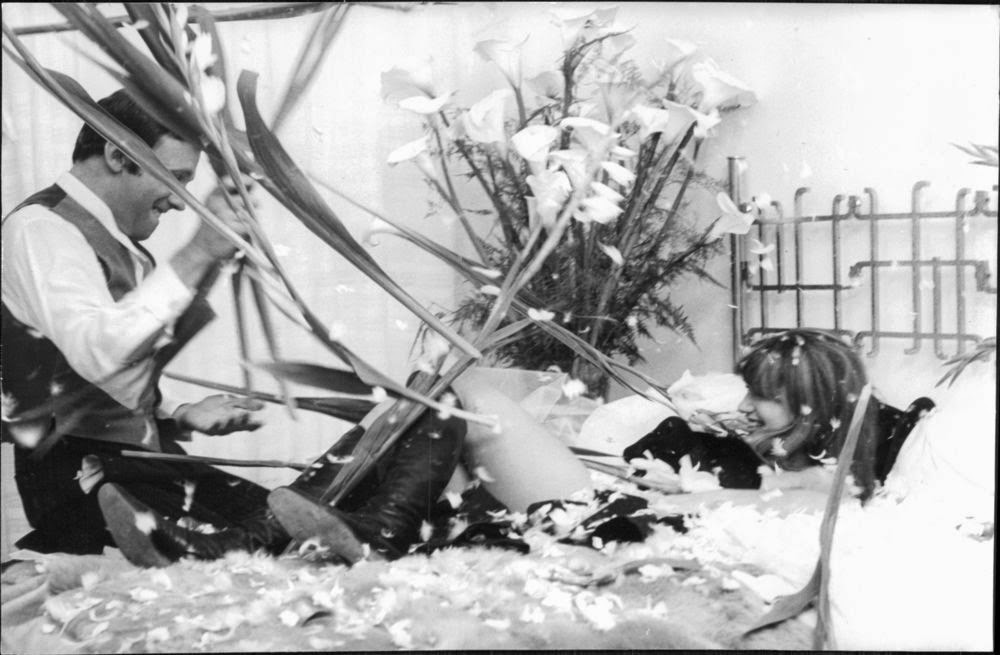





















.jpg)
.jpg)
.jpg)
.jpg)
.jpg)
.jpg)
.jpg)
.jpg)
.jpg)





.jpg)







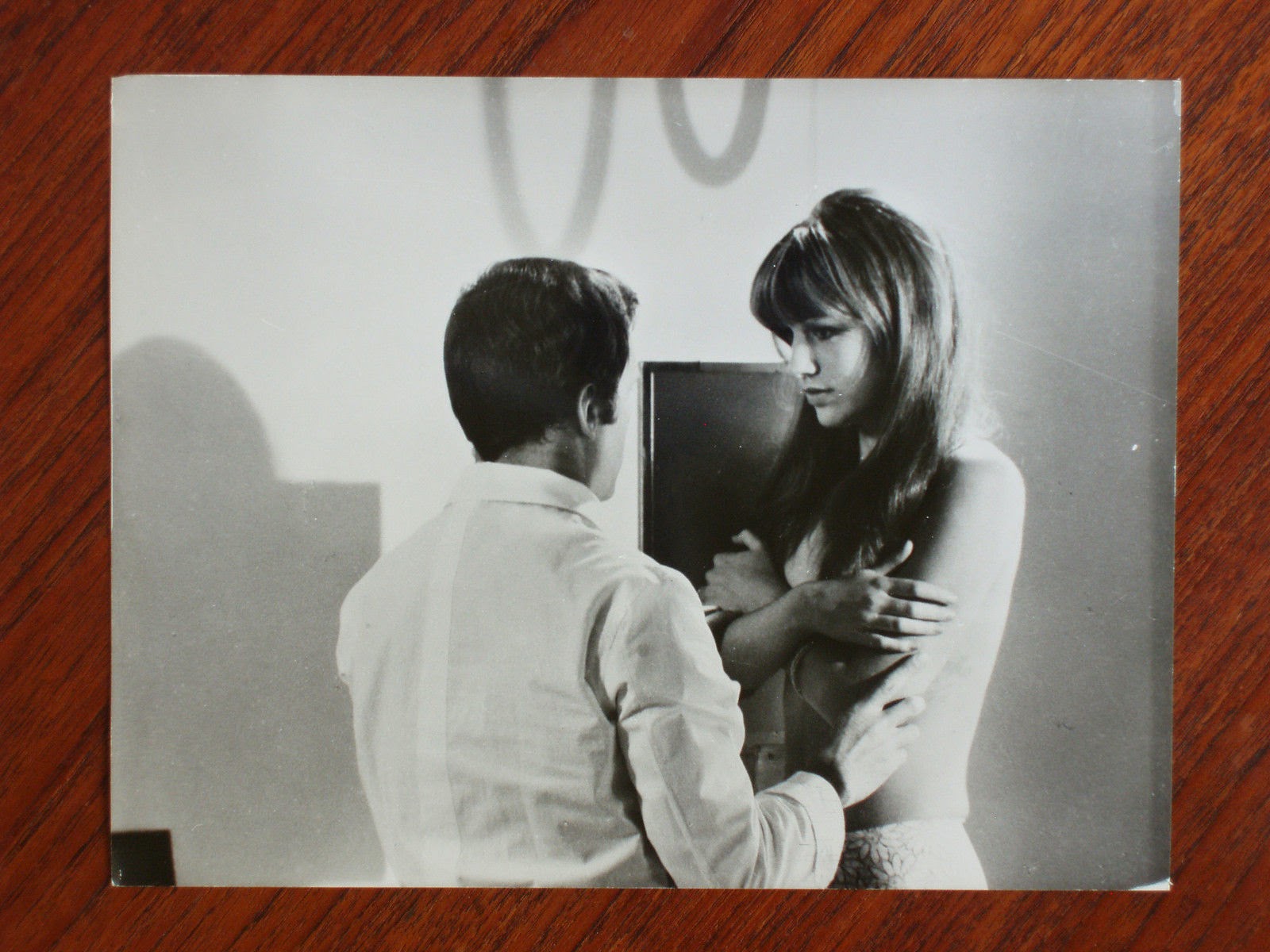





























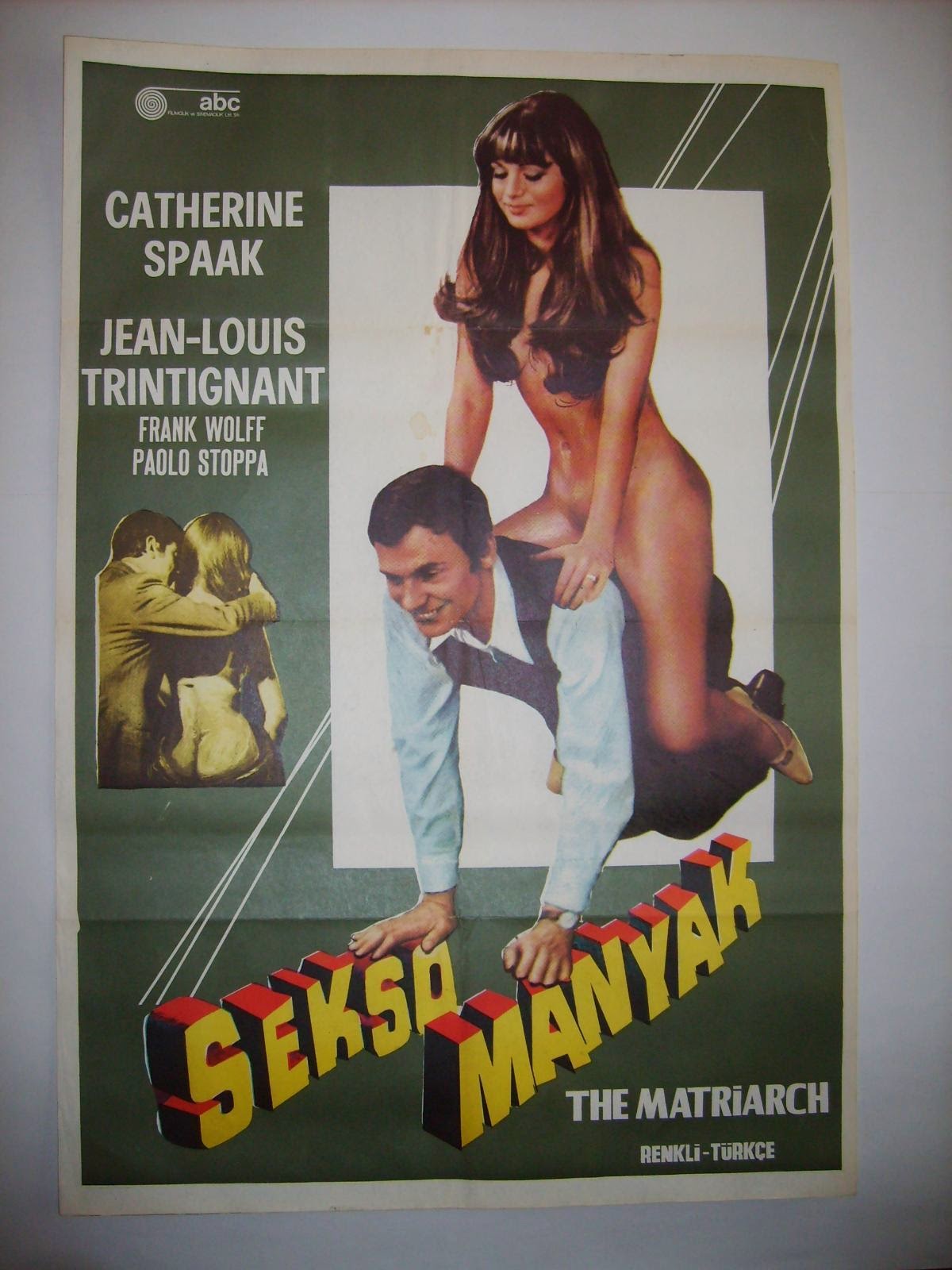



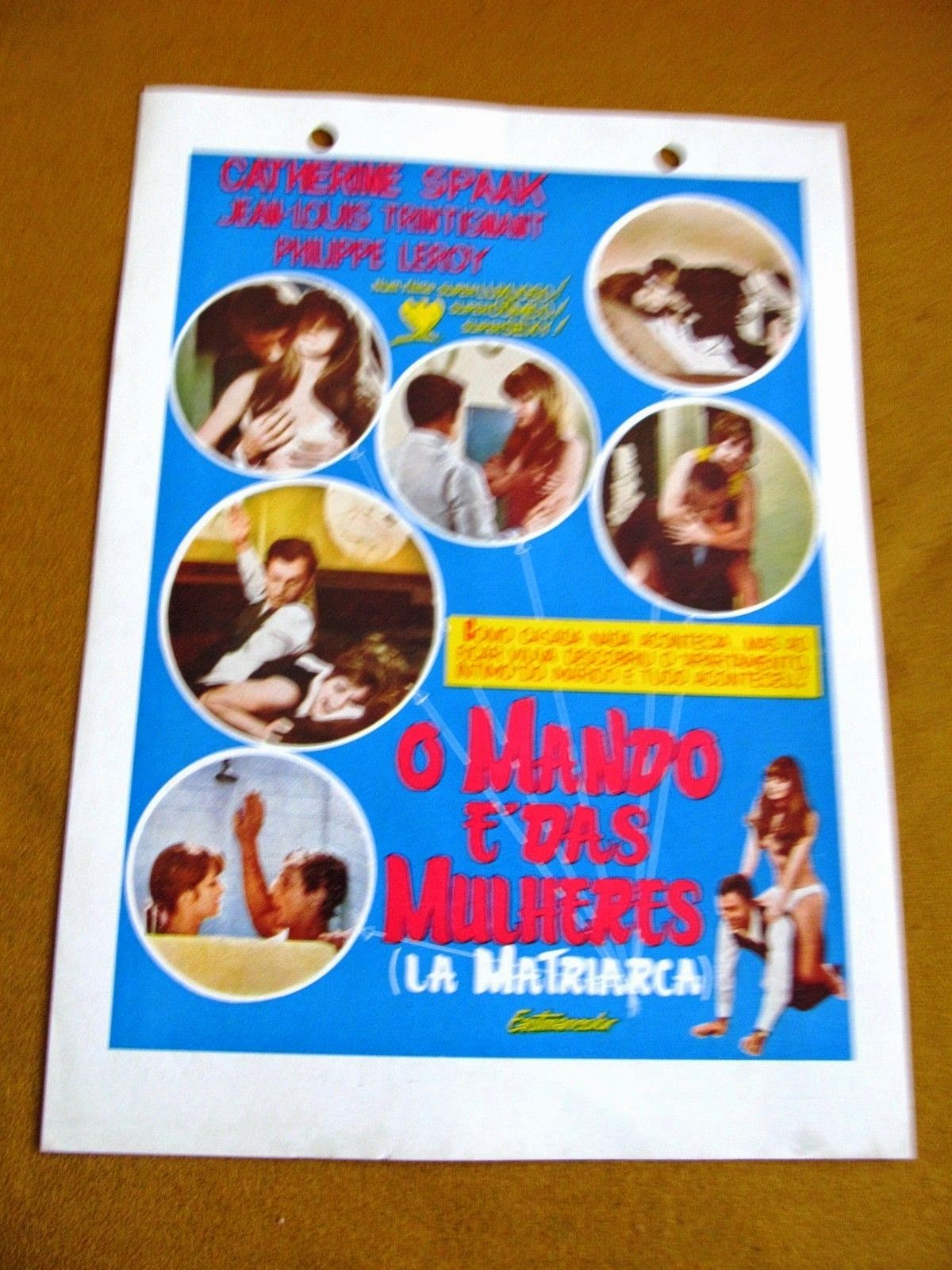
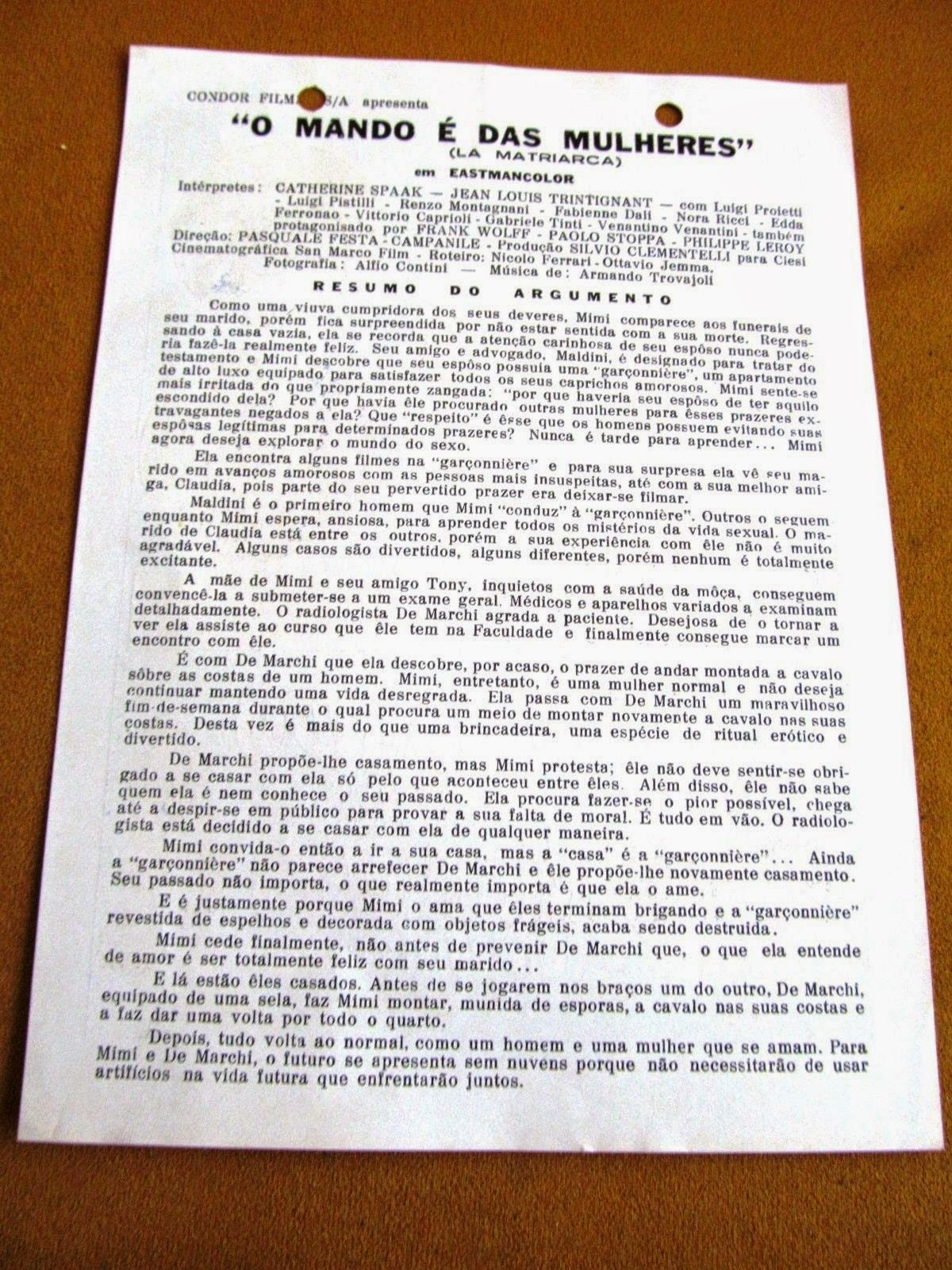














No comments:
Post a Comment